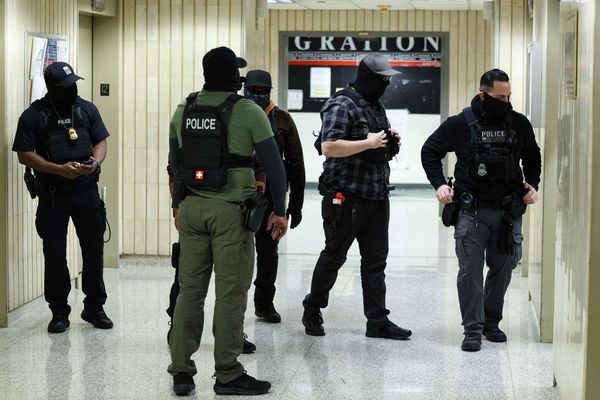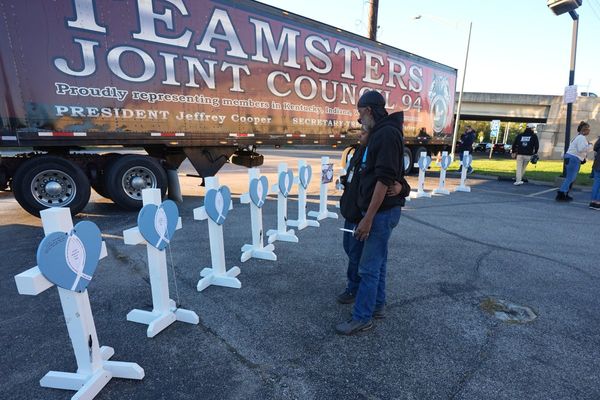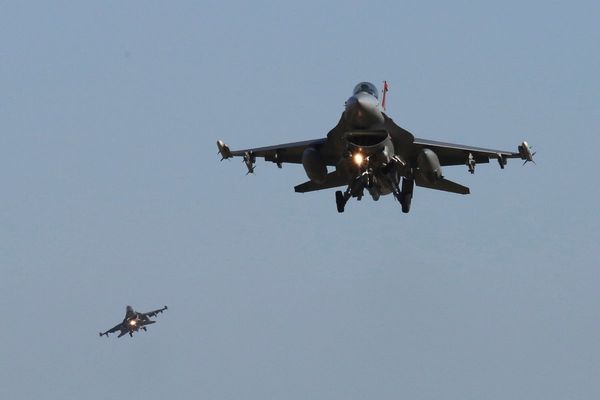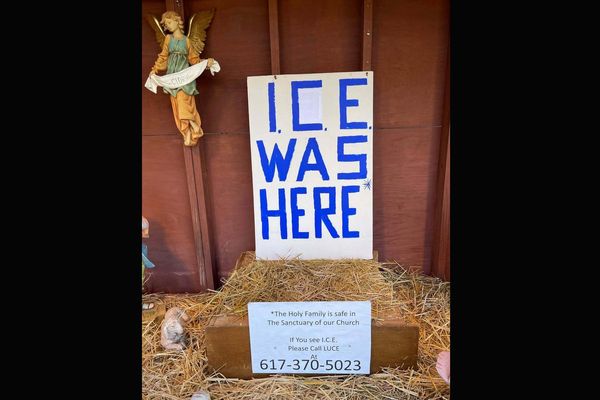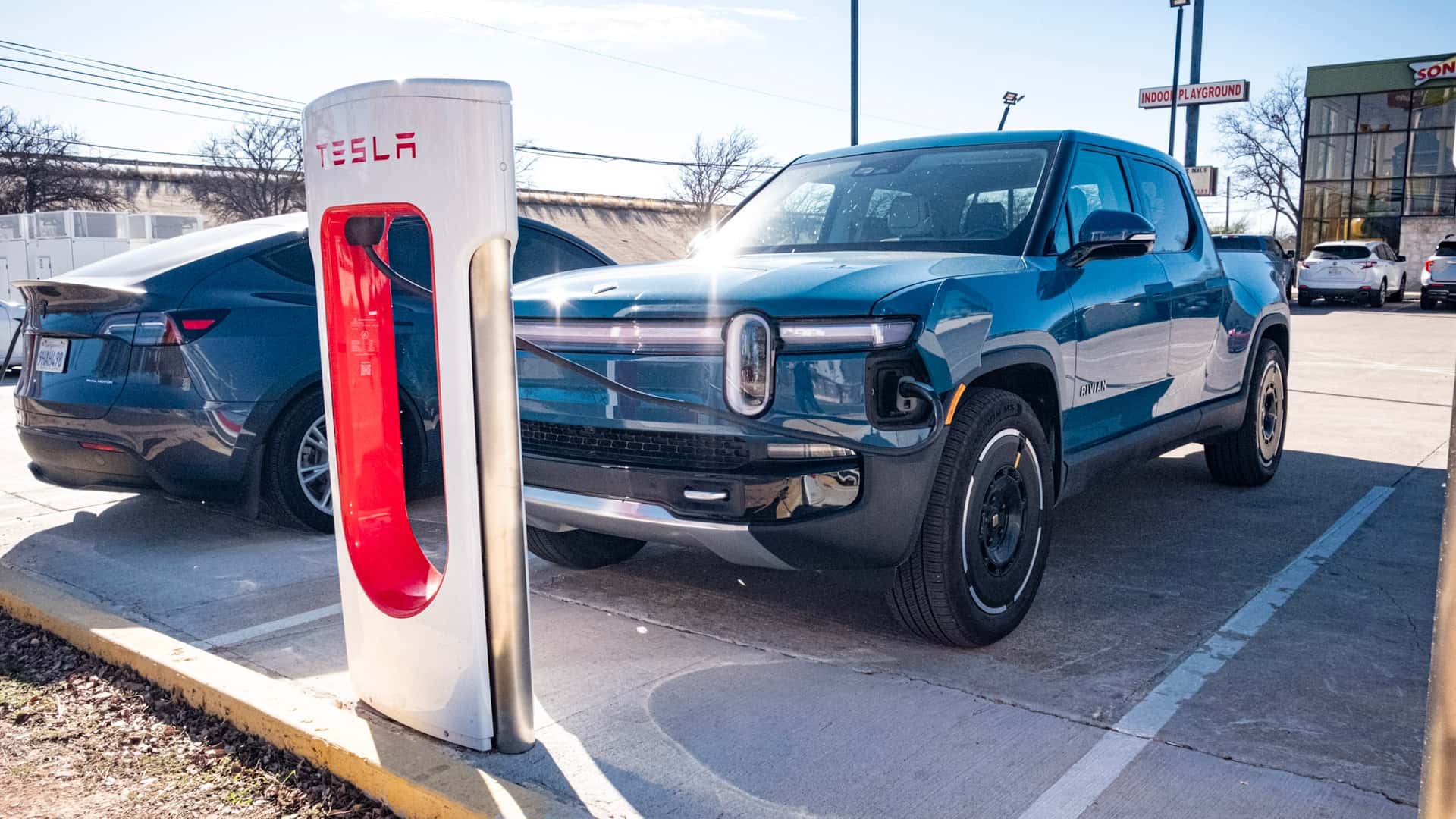
- Public EV chargers are getting more reliable, according to J.D. Power’s latest study.
- The Tesla Supercharger network is the best in terms of owner satisfaction, but a surprise contender appeared in second place.
- Despite the uptick in reliability, EV drivers are not happy with the price of public charging.
The number of failed charging attempts at public stations has dropped to its lowest level in four years, a new J.D. Power study shows. In other words, it’s now less likely to go to a public EV charger and find that it’s broken or that there’s a very long line.
In this year’s edition of the U.S. Electric Vehicle Experience Public Charging Study, just 14% of EV owners said that they visited a charger but left without topping up. That’s a significant decrease of five percentage points compared to last year.

That’s good news, as nobody wants to be low on juice in a charging desert, desperate for a top-up, only to get to a DC fast charger and find that it’s dead. However, overall satisfaction with the public EV charging infrastructure in the United States has actually decreased from last year, and a lot of that has to do with non-Tesla owners gaining access to the Tesla Supercharger network.
Specifically, respondents were unhappy with the increased pricing of Tesla Superchargers compared to other competitors that are still trying to get a solid market presence and thus might be pricing their chargers lower to entice owners.
EV owners’ satisfaction with the cost of charging their cars has gone down by 16 points for both DC fast chargers and Level 2 chargers. That said, for DC fast charger users, the cost of filling up is the least satisfying aspect overall, out of ten factors on which the study is based.
“Part of the decrease is due to non-Tesla owners using Tesla Superchargers, which deliver a far less satisfying user experience relative to the costs incurred, in comparison to those of Tesla owners,” said Brent Gruber, executive director of the EV practice at J.D. Power.
“Additionally, in previous years, many DC fast charging networks kept prices low as they developed their market presence, while manufacturers regularly offered free charging incentives with vehicle purchases," he said. "However, as the infrastructure market evolves and electricity rates rise, charging prices have increased significantly in some cases, directly affecting the overall EV ownership experience.”
Despite this, the Tesla Supercharger network is still the king when it comes to overall satisfaction. On a 1,000-point scale, Tesla’s DC fast charging network leads the way with 709 points, followed by a surprise candidate: Red E, which finished with 668 points, while the segment average is 654 points.


ChargePoint is third with 619 points, Electrify America is fifth with 601 points, while the remaining operators finished the study with fewer than 600 points. EVgo has 579 points and Blink has 501 points.
On the Level 2 charging front, it’s Tesla yet again that takes the crown. While the average satisfaction for the segment is 607 points, Tesla’s Destination chargers finished strong with 661 points, followed by ChargePoint with 628 points. Shell Recharge and Blink were below the average.
J.D. Power measures satisfaction across ten factors: ease of charging, speed of charging, physical condition of charging station, availability of chargers, convenience of the location, things to do while charging, how safe the location feels, ease of finding the charger, cost of charging, and ease of payment.
The study, which was conducted in collaboration with the EV driver app and research firm PlugShare, was fielded from January through June 2025, including 7,428 owners of battery electric vehicles and plug-in hybrid electric vehicles.


